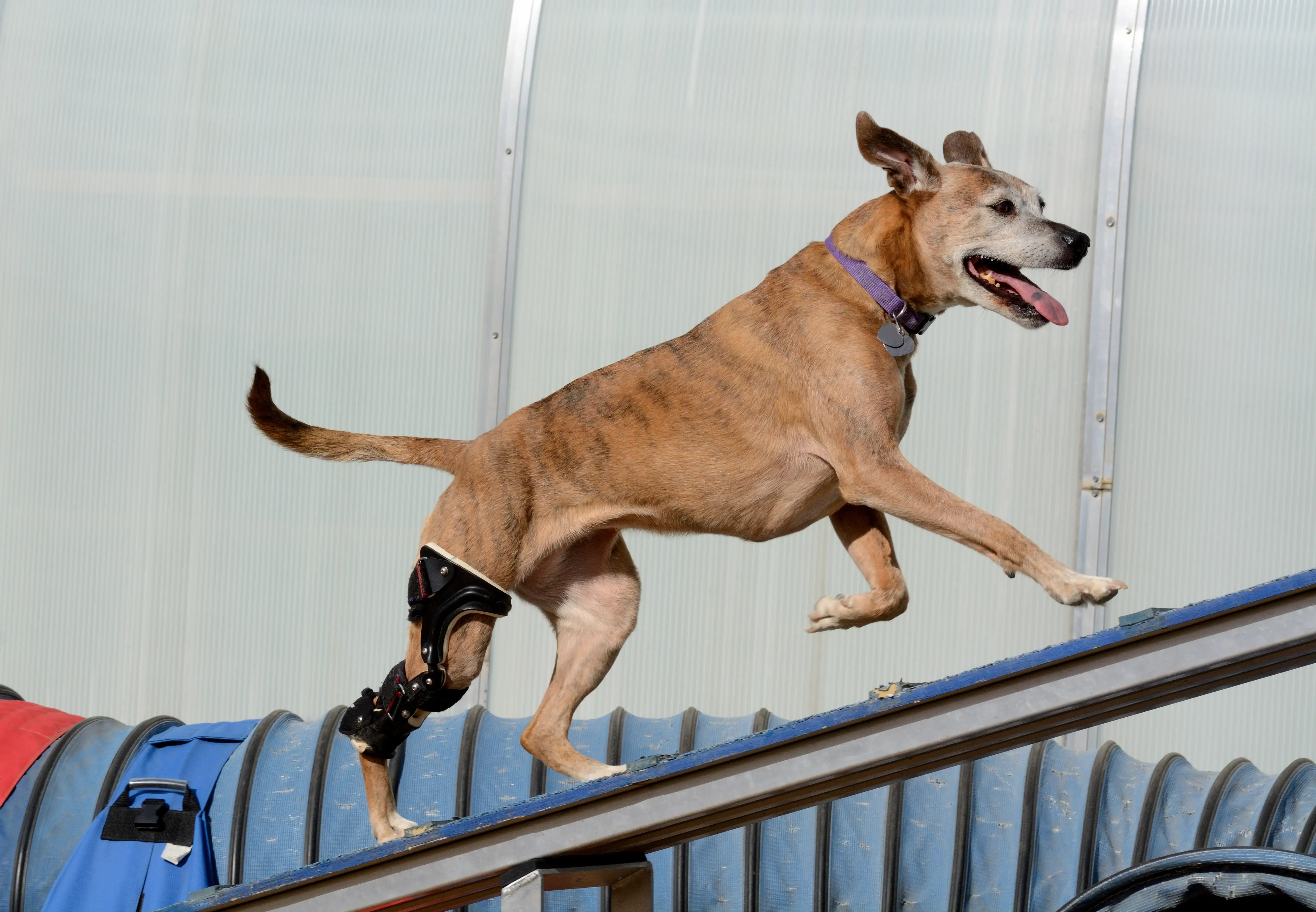Thermal Imaging of Normal and Cranial Cruciate Ligament-Deficient Stifles in Dogs
Abstract: To investigate the capability of thermography for differentiation between normal stifles and those with cranial cruciate ligament (CCL) rupture in dogs, initially with a full hair coat and 1 hour after clipping the hair coat.
Study Design: Prospective study.
Animals: Labrador Retrievers (n=6) with normal stifle joints (controls) and adult dogs (n=10) with CCL rupture.
Methods: Thermography was performed before, and 60 minutes after, clipping the hair coat from the pelvic limb. Stifle images were classified as normal or abnormal, then subclassified as clipped and unclipped hair coat. CCL deficiency was confirmed at surgery and thermographic images subsequently classified as abnormal before analysis with image processing software.
Results: Using image recognition analysis, differentiation between normal and CCL-deficient stifles in both clipped and unclipped dogs was 85% successful on cranial images, medial, caudal, and lateral images were between 75% and 85% successful. Although there were significant increases in skin temperature after clipping in both groups (P<.0002-.0001), there were no significant temperature differences between normal and CCL-deficient stifles when the entire stifle was examined.
Conclusion: Thermography was successful in differentiating naturally occurring CCL-deficient stifles in dogs, with a success rate of 75-85%. Clipping is not necessary for successful thermographic evaluation of the canine stifle.
Clinical Relevance: Thermography may be a useful imaging modality for diagnosis of CCL deficiency in dogs when CCL rupture is suspected but stifle laxity is not evident.
Reference: Tomas Infernuso , Catherine A Loughin, Dominic J Marino, Scott E Umbaugh, Patrick S Solt (2010) Vet Surg Jun;39(4):410-7
| Interested in learning more about thermal imaging? Request a demonstration with Digatherm and discover how veterinary thermography can help you find problem areas faster and easily monitor treatment progress. |

